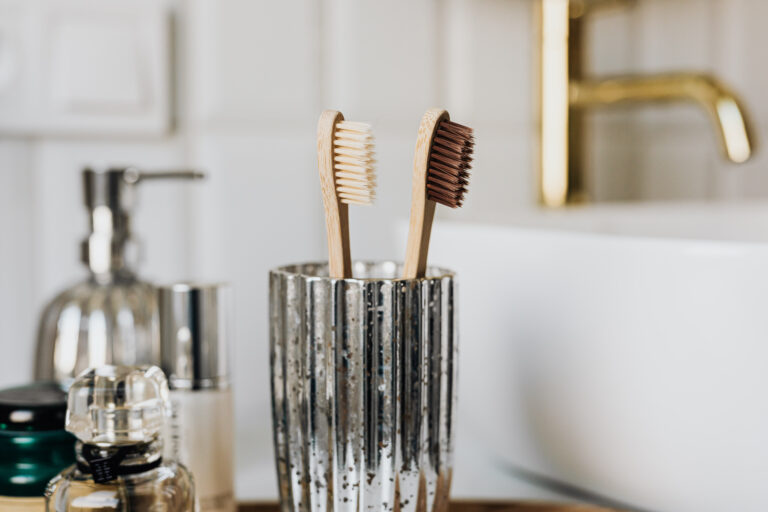Brushing Teeth With Non Dominant Hand – Brushing your teeth is an important part of maintaining good oral hygiene, but have you ever considered brushing with your non-dominant hand?
While it may feel awkward and challenging at first, brushing with your non-dominant hand can have some benefits. In this topic, we will explore the advantages of brushing with your non-dominant hand and provide some tips to help you get started.
So, whether you’re looking to stimulate your brain, improve your dental hygiene, or just try something new, read on to learn more about brushing your teeth with your non-dominant hand.
Advantages of brushing with the non-dominant hand
Brushing your teeth with your non-dominant hand can have several advantages. Here are some potential benefits:
- Brain stimulation: Brushing with your non-dominant hand requires your brain to work harder, which can help stimulate new neural connections and improve cognitive abilities.
- Improved dental hygiene: Brushing with your non-dominant hand can encourage you to be more mindful and thorough when brushing your teeth, which can lead to better oral hygiene and reduced risk of dental problems such as tooth decay and gum disease.
- Fun challenge: Brushing with your non-dominant hand can be a fun and enjoyable challenge that adds some variety to your daily routine, making the task of brushing your teeth less monotonous.
Tips for brushing with the non-dominant hand

Here are some tips to help you brush your teeth with your non-dominant hand:
- Start slowly: Begin by using your non-dominant hand to hold the toothbrush while brushing with your dominant hand guiding it. This will help you get used to the new movements and gradually build up your coordination.
- Practice regularly: Like any skill, brushing with your non-dominant hand takes practice. Try doing it once a day until it becomes more comfortable and gradually increase the frequency.
- Be patient: It may take some time to get the hang of brushing with your non-dominant hand, so be patient with yourself and don’t get discouraged if it feels awkward or difficult at first.
- Use a supportive grip: You can use a grip aid or a toothbrush with a larger handle to make it easier to hold and maneuver with your non-dominant hand.
- Use a mirror: Using a mirror can help you see what you’re doing and ensure that you’re brushing all areas of your teeth.
By following these tips and being consistent, you can gradually build up your ability to brush your teeth with your non-dominant hand and reap the potential benefits of this practice.
brushing teeth with non-dominant hand dementia
Brushing teeth with a non-dominant hand can potentially have some benefits for people with dementia. As dementia progresses, motor coordination and cognitive functions may decline, making simple tasks such as brushing teeth more challenging. Here are some potential benefits of brushing with a non-dominant hand for people with dementia:
- Stimulating the brain: Brushing with a non-dominant hand can stimulate the brain and create new neural connections, which can be beneficial for people with dementia.
- Promoting independence: Brushing with a non-dominant hand can help maintain a person’s independence and self-care skills.
- Improving dental hygiene: Brushing with a non-dominant hand can help improve dental hygiene, reduce the risk of tooth decay, and improve oral health.
It is important to note that people with dementia may require additional support and assistance in brushing their teeth. Caregivers can help by providing guidance and reminders, demonstrating proper brushing techniques, and using tools such as adaptive toothbrushes or mirror aids to help the person brush their teeth more effectively.
READ ALSO
